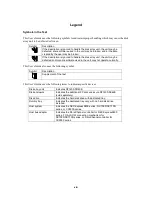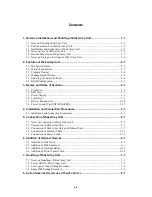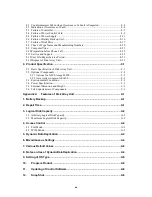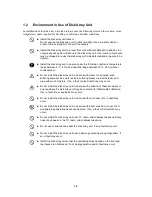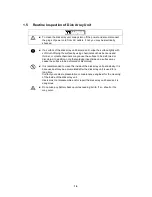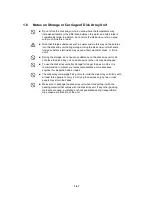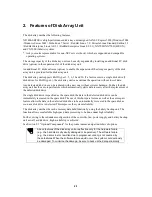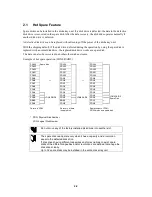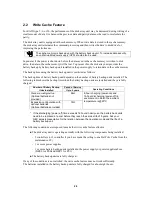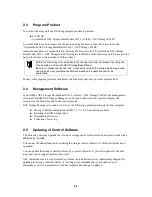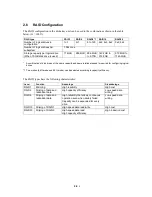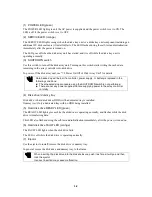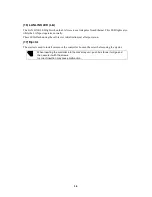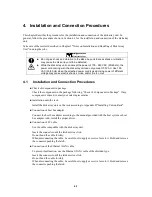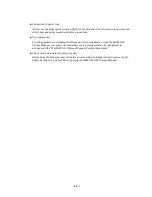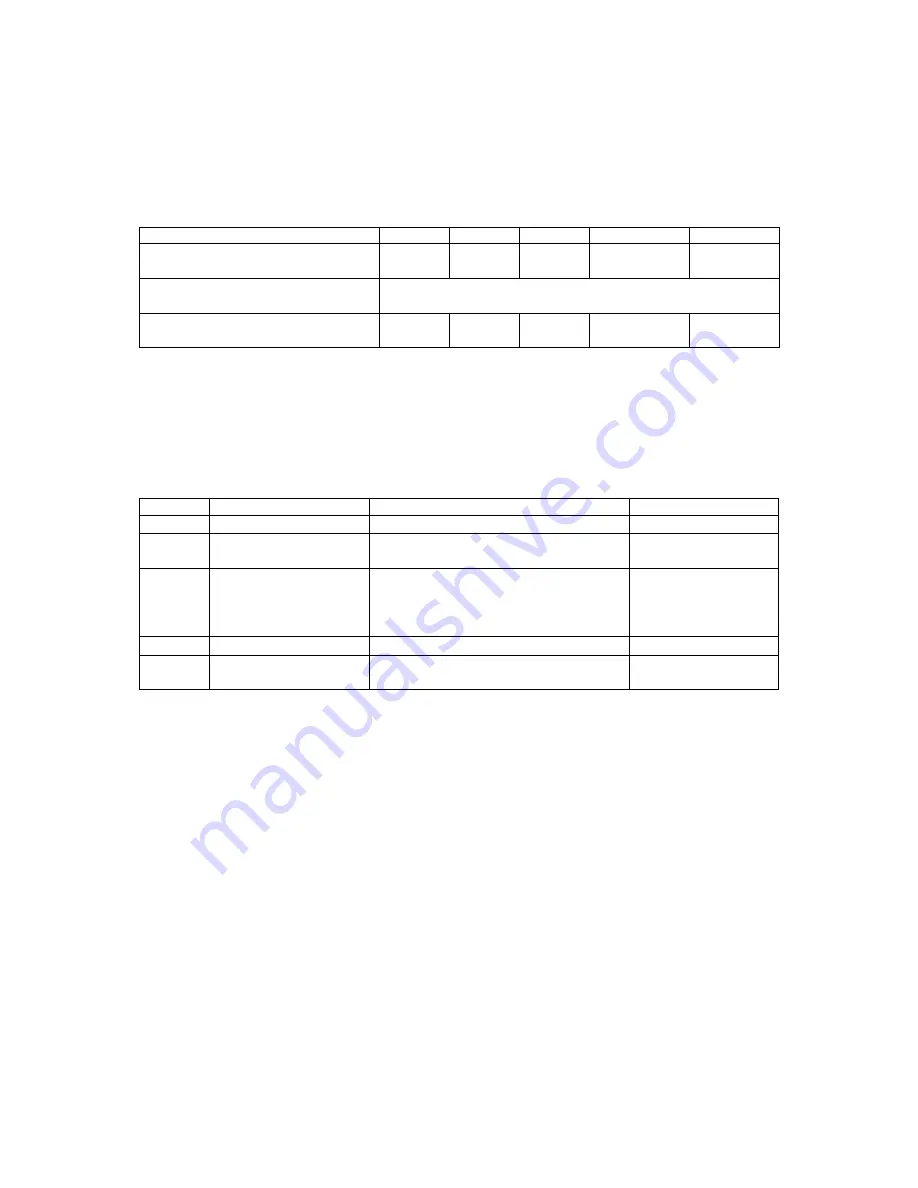
2-5
2.6
RAID Configuration
The RAID configuration in the disk array unit can be used in the combinations shown in the table
below. (G = 1000^)
RAID type
RAID1
RAID5
RAID6 *1
RAID10
RAID50
Number of logical drives in
configuration
1+1
4+1
6 to 120
2x2, 4x2, 8x2 5x2, 5x4
Number of logical drives per
subsystem
1,024 max.
Storage capacity per logical drive
(When 73-GB disk drive is used)
71.6GB
286.4GB 286.4GB
to 6.7TB
143.2GB to
572.8GB
572.8GB to
1145.6GB
* A combination of disk drives of the same capacity and same rotational speed is required for configuring logical
drives.
*1 Two modes (66%-mode and 80% mode) can be selected according to capacity efficiency.
The RAID types have the following characteristics.
Level
Function
Advantage
Disadvantage
RAID1
Mirroring
High reliability
High cost
RAID5
Striping of data and
redundant data
High capacity efficiency
Low-speed data
writing
RAID6
Striping of data and
redundant data
High reliability that allows continuous
operation even when doubly failed.
Capacity can be expanded for every
drive.
Low-speed data
writing
RAID10
Striping of RAID-1
High-speed data read/write
High cost
RAID50
Striping of RAID-5
High-speed data read
High capacity efficiency
High induction cost
F
Содержание S1400 NF1400-SR40E
Страница 8: ...vii ...
Страница 9: ...viii ...
Страница 10: ...ix ...
Страница 105: ...8 21 Manufacturing number label of power supply Manufacturing number label of battery backup unit ...

